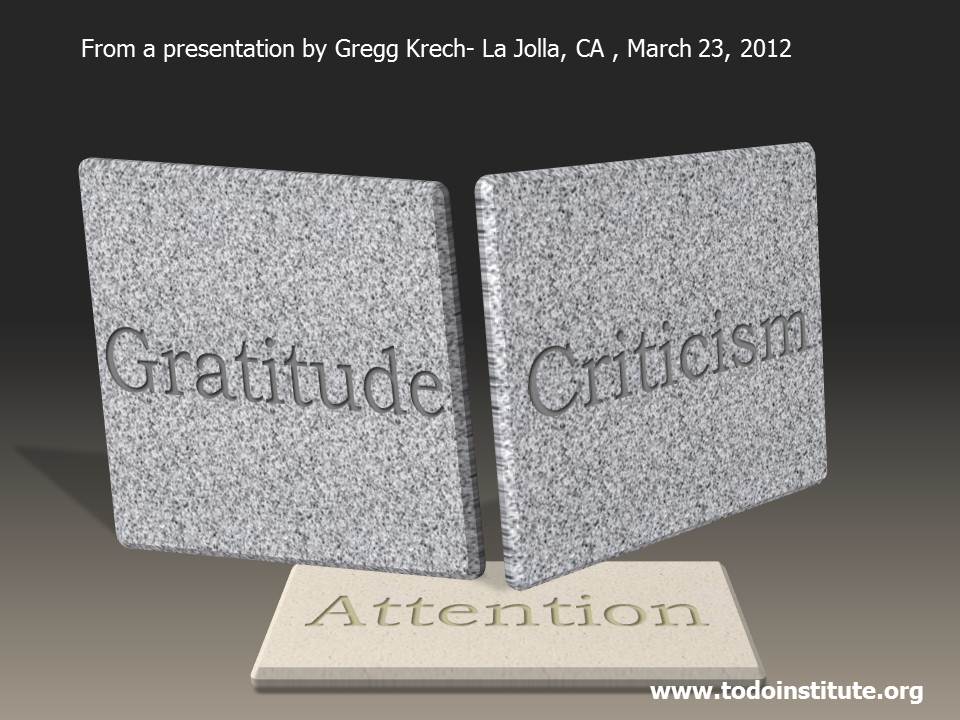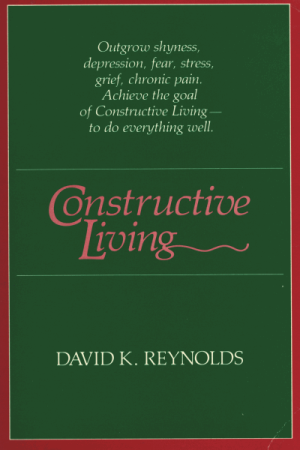Whether we like it or not, we have to work with the world’s impermanence. And the way to work with it is to respond to change according to what needs to be done. It’s not about how we feel (frustrated, disappointed) or what we’re thinking (doom and gloom thoughts). It’s about taking action according to the needs of the situation.
We accept the circumstances that we can’t change. Diseases, recessions, layoffs, other people’s behavior, weather, and even death. In some cases, we may have some influence over these things, but we clearly cannot control them.
We accept the internal reaction we’re having – our feelings and thoughts – that we also cannot change. We can’t control those feelings and thoughts. They happen to us. We can’t hit a button and stop being depressed. We can’t prevent anxiety from visiting us on a regular basis.
We accept what we can’t control. There’s no wiser strategy.
We simply step back and look clearly: What are the needs of the situation? That’s how we know what to do and when to do it.
Then we do what we can control. Even if it’s a small action, it can give us a sense of empowerment. And sometimes a small action or gesture can send out ripples and have big consequences. We never know. We do something because it’s what we can control.
Remember the Serenity Prayer: The courage to change what we can; the serenity to accept what we can’t.
It’s not easy to respond to the changes in our lives when we’re faced with disappointment, distress, or disaster. And it’s not easy taking action when, inside, we’re fired up with anxiety, fear and even anger. But there’s a saving grace in the situation.
Impermanence.
The situation you’re faced with will change, evolve, and unfold. It always does. The feelings you’re feeling will dissolve, disappear and be replaced by other feelings. They always have. You don’t have to deal with this forever. You don’t have to feel this way forever. You only have to work with the situation – the circumstances, as well as your internal response to them – right now.
In an hour, or a few minutes, life will change. If you don’t like what’s happening, rest assured, it will change.
But when? When will this terrible situation be over?
We don’t know. Nobody knows. The pandemic of 1918 lasted eighteen months. World War II lasted six years (for the English). We know how things begin because we can look back and see the beginning. But we can’t see the end. We’re in the middle of a mystery, and we don’t find out how it ends until it’s over.
Until then, the story keeps unfolding and we have no choice but to coexist with the suspense. Some of us choose movies and books because we like suspense. In a fictional world, it’s a form of entertainment.
In the real world, most of us would prefer to know the ending in advance.
But unlike a book or movie, the end isn’t yet written. It depends on many variables including what we, and others, do. We’re not just the audience. We’re all screenwriters.
So the story continues to unfold. The story of the world. The story of the pandemic. The story of our family and friends. And our own personal story. So many stories happening at the same time. So much change. Nothing stays the same. For better or for worse. In sickness and in health. Nothing stays the same.
Adapted from, The Art of Taking Action: Lessons in Japanese Psychology by Gregg Krech.
Gregg Krech will be teaching his annual program, TAKING ACTION: FINISHING THE UNFINISHED and STARTING THE UNSTARTED, beginning on Feb. 19, 2024.
Tags: Crisis resilience Taking Action












